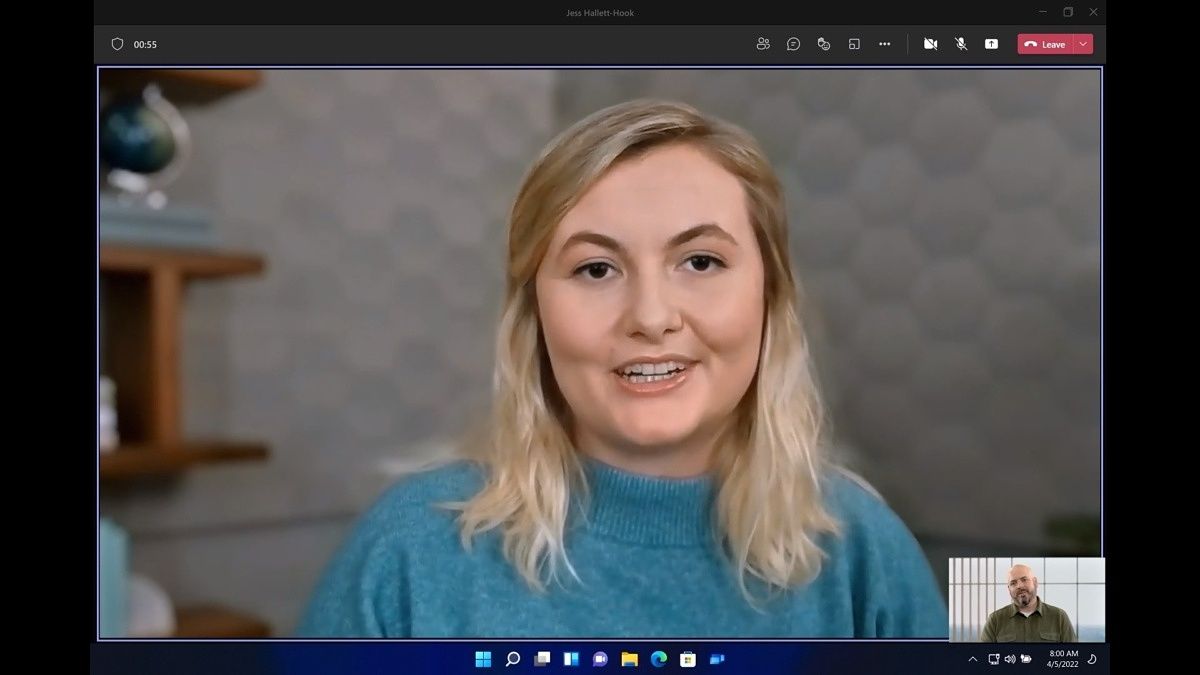Microsoft is bringing new AI-powered video effects to Windows 11, in a bid to make video calls more engaging and collaborative. These effects include eye contact, voice focus, and more, and they're available on devices with Neural Processing Units, or NPUs. That means they'll be available first on devices powered by Qualcomm's Snapdragon processors, such as the new Lenovo ThinkPad X13s, powered by the new Snapdragon 8cx Gen 3.
This isn't actually the first we hear about AI-powered video effects like this. Specifically, the eye contact feature was first shown off in late 2019 alongside the Surface Pro X - also powered by a Qualcomm Snapdragon processor - and it started rolling out in 2020. This feature makes it so that it always looks like the user is looking directly at the camera, even if they're looking down to read something.
Now, it looks like Microsoft is increasing the scope of these AI features. In addition to eye contact, there's a new automatic framing feature, which allows the camera on your PC to follow you if you move around, so others can still see you. Plus, a soft blur effect that creates a natural bokeh effect for the background during a video call. On the audio side of things, there's a new voice focus feature, which essentially cancels out background noise so you can be heard more clearly during calls. Microsoft says there's "much more" coming, too, but it didn't elaborate.
Because these features are built directly into Windows 11, you won't have to worry about specific apps supporting them. They should work with any software that supports video calls, and you won't have to set them up every time you use a new app where you need them. Plus, since they're powered by dedicated NPUs, these features don't affect the overall performance of other components like the CPU or GPU.
Some of these smart features are also being implemented by OEMs, such as HP, which has been touting auto framing and other improvements in many of its laptops for this year. Making these features native to Windows 11 should also remove the need for companies to develop their own tech for this purpose.
What we don't know yet is when we can expect these video effects to come to Intel or AMD-powered Windows 11 devices. In fact, we don't know when they're coming to Snapdragon-powered devices, either - we only know that they'll be available there first. Presumably, more details will be shared in the near future.
Source: Microsoft


